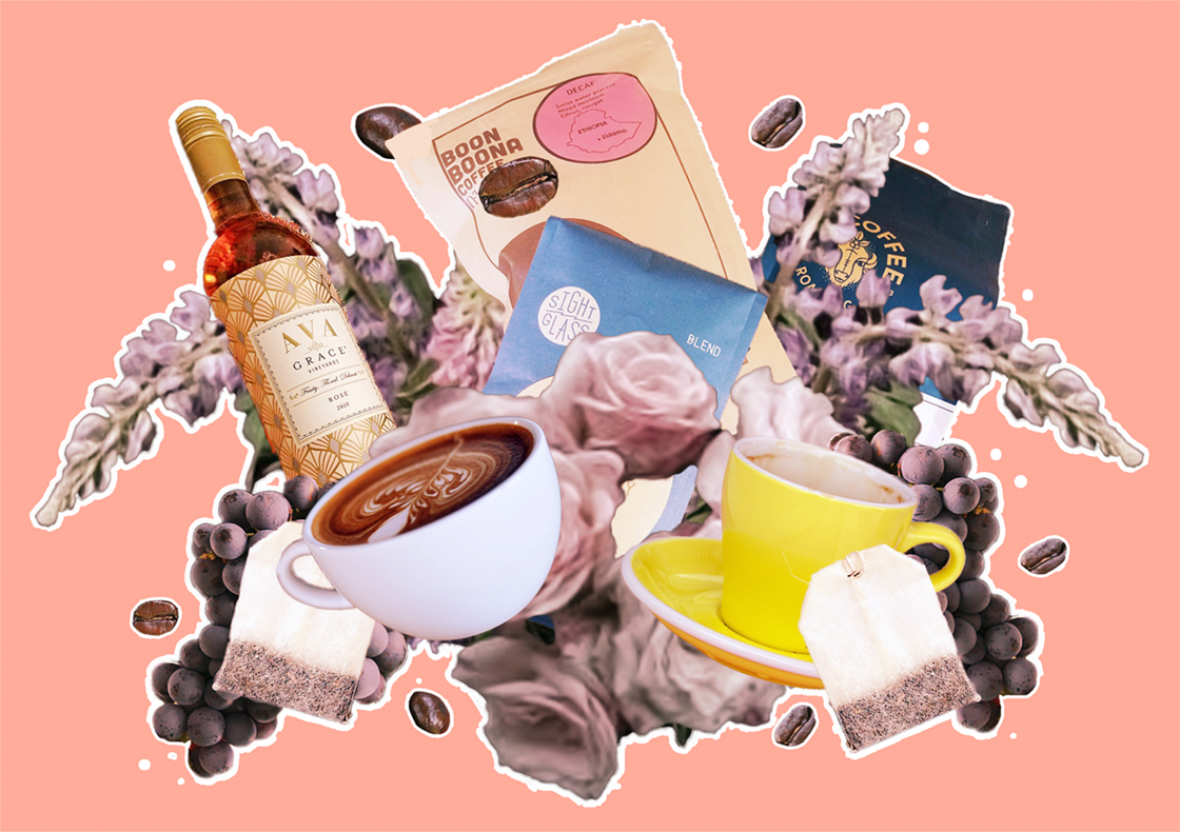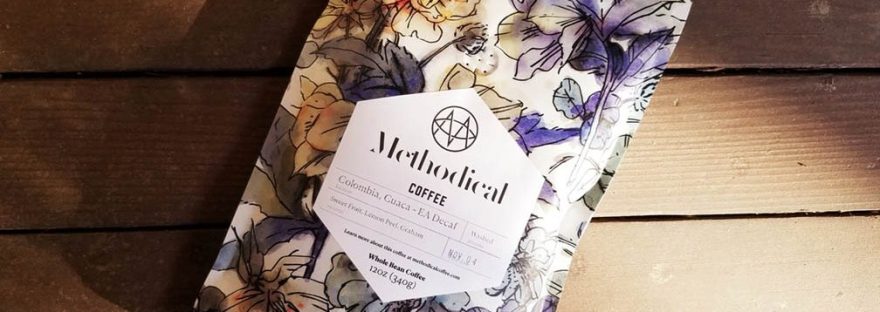“We see a lot of people limiting caffeine for health reasons, and with wellness trends and more caffeine-conscious customers, I think we’ll continue to see an increase in decaf consumption.”
And there it is. The much maligned decaf coffee is actually quite popular and solving the problems of several demographics. Who would’ve guessed?
Sarcasm aside, Fresh Cup Magazine‘s breakdown of the specialty decaf popularity boom in the United States is a fantastic read. Not only do they analyze the history behind the drink’s poor reputation, they interview a specialty coffee roaster to understand their decision to add more decaf and half-caf options to their menu. The negative reputation of decaf is slowly, but surely, being put to bed.
People with heart conditions. People with anxiety disorders and caffeine sensitives. People who want a more stable sleep schedule or are watching their blood pressure. One way or another, decaf coffee provides a wealth of benefits and it’s about time this drink is receiving its flowers.











